In India, the caste system is an ancient social structure that assigns individuals to certain hierarchies based on their birth, with its main characteristics including endogamy, hereditary occupations and rigid rules relating to ritual purity and pollution.
There are four main castes – Brahmin (priests, teachers, and scholars), Kshatriya (warriors and rulers), Vaishya (agriculturists, traders and businessmen) and Shudra (labourers) (Vaid 2014).
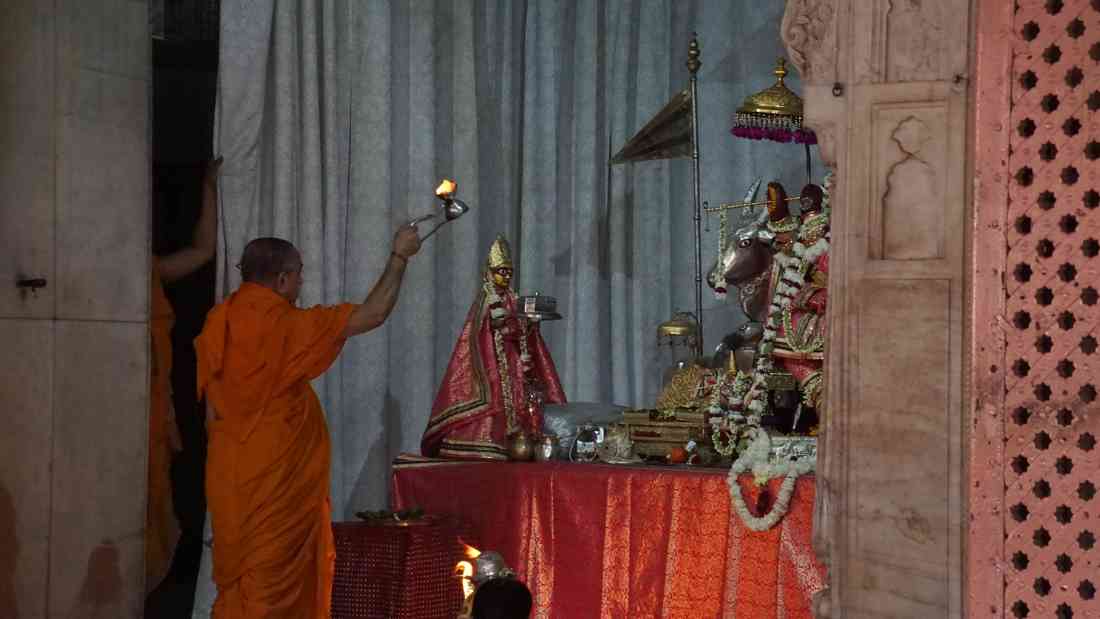
At the very bottom of the social hierarchy are the sub-castes, which includes the Dalits, who are associated with occupations that are seen as ‘polluting.’
Members of these sub-castes are thus stigmatized as being ‘untouchables,’ based on the belief that any contact between impure sub-castes and the pure higher castes would pollute the latter.
This concern with ‘purity’ is the rationale underpinning rigid rules of social interaction between castes, including the practice of ‘repulsion’ of lower castes, which started in the ritual domain but then extended into the social and the economic (Bouglé 1971 as cited in Vaid 2014).
As a result, the lower castes are victims of repression, marginalisation and discrimination, which still happens to this day, notwithstanding the fact that the Indian Constitution banned these discriminatory practices in 1955 with the passing of the Untouchability Offences Act (UOA) (Girdhar 1975).

According to the 1961 India census there were 57.5 million people, or 14.5% of the Indian population, who were classified as lower caste.
The great majority of lower caste Indians, 89.5%, lived in impoverished rural areas, and only 10% of them were literate, as opposed to 24% of the wider Indian population (Girdhar 1975, p. 635).
The segregation and injustice experienced by the lower castes has resulted in power and economic inequalities in Indian society that have increased over the years, notwithstanding the passing of the UOA (Girdhar 1975).
This is because, despite the legal protection of the Constitution, as well as the various Human Rights conventions codified as international law by the United Nations and other international organisations such as the International Labour Organisation or the World Economic Forum, lower caste people are still vulnerable to prejudice and abuse from members of the higher castes (Girdhar 1975).
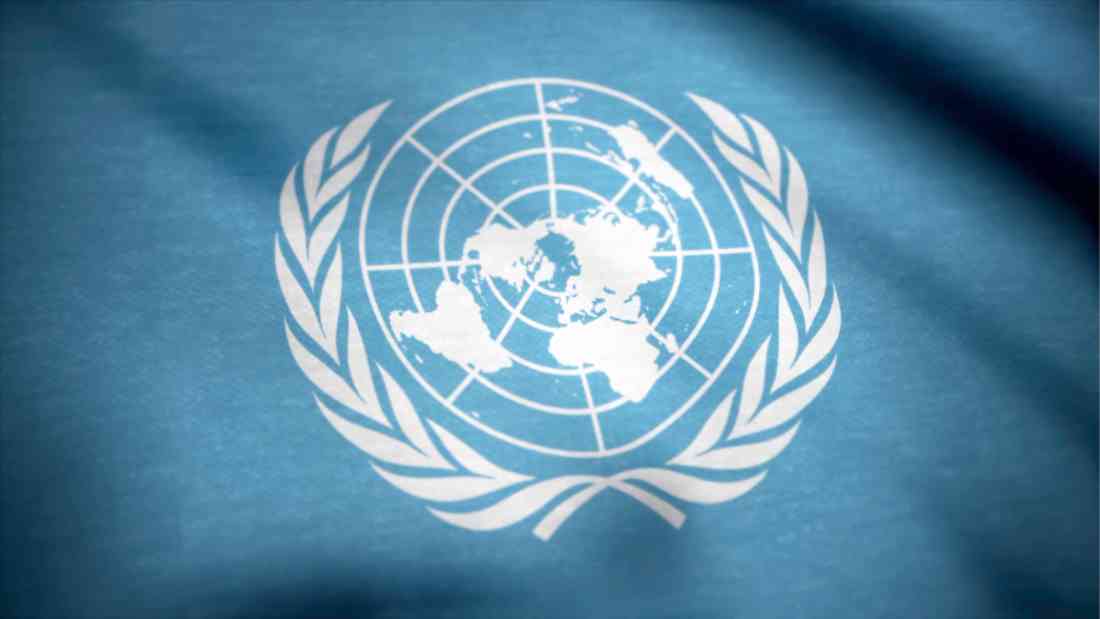
The impact of these exclusionary practices pervades Indian society and is particularly evident in the limited housing and educational opportunities for lower castes, resulting in ongoing economic and social struggles that perpetuate a cycle of poverty.
This essay will focus on how the upper classes in India, who hail from the higher castes, use their connections and position to appropriate funds made available by the Indian State and foreign donors for development interventions, in the process decimating opportunities for the advancement of the lower classes and castes.
I will be using ethnographic examples relating to slumdwellers living in the Annawadi slum in Mumbai (Boo 2012) and eastern Ahmedabad, a city in the Indian state of Gujarat (Chatterjee 2009; Banerjee et al. 2017) to show how caste and social class affect the social mobility and outcome of development initiatives in India, with a specific focus on housing and education.

‘Behind the Beautiful Forevers’ (2012)
In the ethnographic book ‘Behind the Beautiful Forevers’ (2012), Katherine Boo highlights the way that lower castes and minorities in India are disenfranchised.
Government officials fail to process their electoral registration forms, with slumdwellers applying multiple times, but still not receiving identification and voting documents (Boo 2012, p. 217).

This is a very important point to keep in mind when considering the current mindset prevalent amongst international development agencies of viewing development initiatives geared towards the alleviation of poverty through the lens of human rights, hinging on a dual mechanism – support from above, but more importantly, pressure from below, with the poor pressuring the government and holding it accountable for the delivery of what is theirs by right (Llewellyn-Fowler et al. 2010).
By denying the Annawadi slumdwellers their most basic right to a vote, government officials are essentially erasing them, denying them any opportunity to pressure politicians to guarantee their rights and improve their situation.
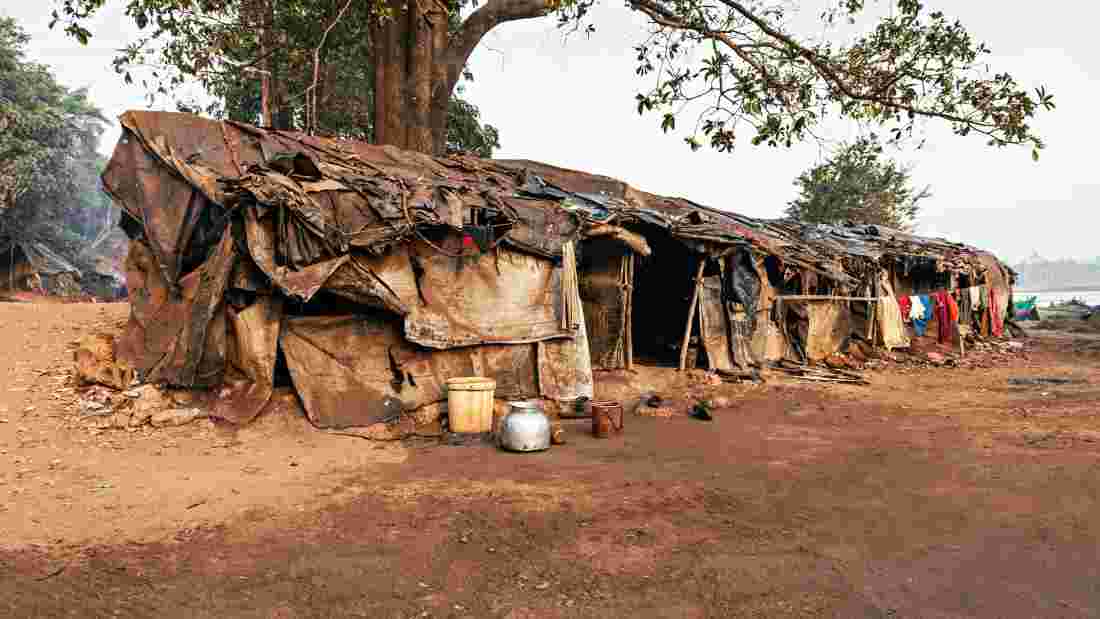
The powerlessness of the lower castes and classes in India comes into sharp relief in the Annawadi ethnography when the slum was slated for demolition to create more space for the airport.
Inhabitants who had resided in the slum for a specified number of years were entitled to replacement housing, consisting of a small apartment with running water.
Unfortunately, however, this opportunity attracted the attention of better-connected high caste city dwellers, who manipulated the situation to their advantage, converging on the slum and coercing, in many cases through subterfuge or violence, several slumdwellers to sell them their hut, after which they forged documents showing that they had themselves lived in the slum for several years.

In one case a politician hired a gang of thugs who forced multiple families to sign over their shacks to a major developer. In another, a businessman sent several intoxicated men to drag a young mother and her three children out of their shed, leaving them dispossessed and homeless.
Other inhabitants of the slum called the police to help her, but the officers were bribed to look the other way, and the businessman was allowed to take over the ownership of the shack and to claim he had lived there for several years (Boo 2012, p. 212).
The fact that most of the slumdwellers were not registered and did not have identification documents meant that they had no way of fighting back and proving that it was in fact their family that had lived in the ramshackle structures in question.
In the eyes of the state, they simply did not exist.

Ethnographies of Ahmedabad
Ethnographies conducted by Chatterjee (2009) and (Banerjee et al. 2017) in Ahmedabad also illustrate how caste and social class impact social mobility and the reach of development initiatives.
The river Sabarmati divides the city into two halves, and Chatterjee (2009) describes the social geography of the city at the end of the twentieth century as follows – high caste Indians lived in the western part, while lower caste Dalits lived in the slums located on the eastern side of the river.
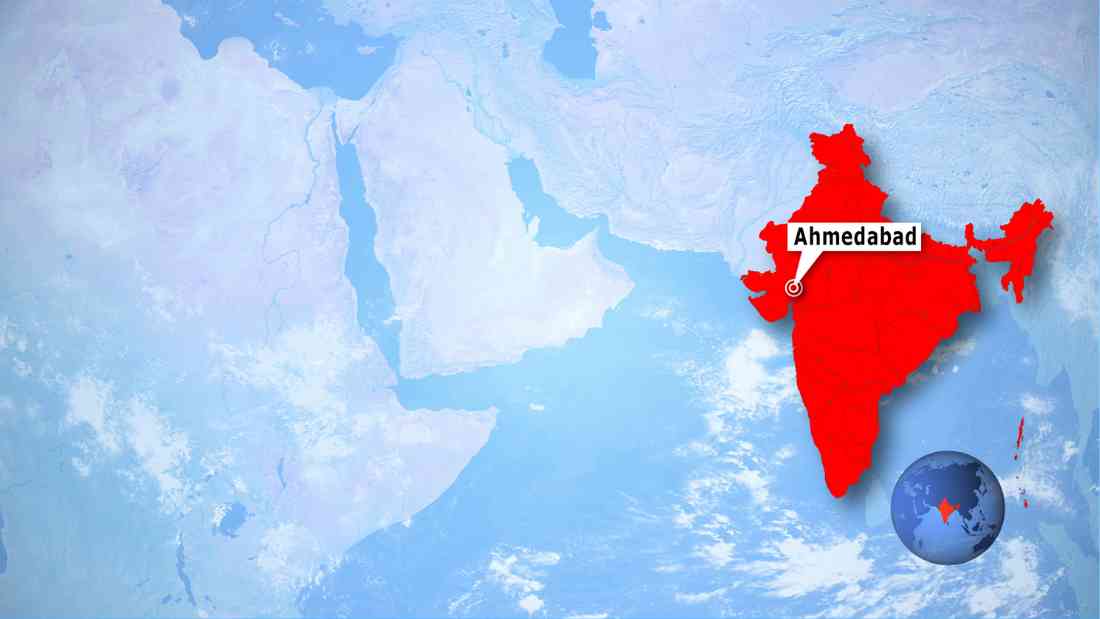
In 1997 the Indian government launched the Green Partnership Program (GPP), in collaboration with the US Agency for International Development (USAID), an urban renewal initiative focusing on the creation of parks and gardens to beautify the city and improve the quality of life of its inhabitants.
East Ahmedabad did not have any gardens or recreational spaces, while the western part of the city already had extensive parks.
However, notwithstanding this fact, all the funds earmarked for the GPP were spent on the western side of the river, pumping considerable money into improving the already beautiful suburbs where the upper classes lived (Chatterjee 2009, p. 1008).
Banerjee et al. (2017) conducted their ethnographic research in the city a few years after Chatterjee (2009), between 2015 and 2016.
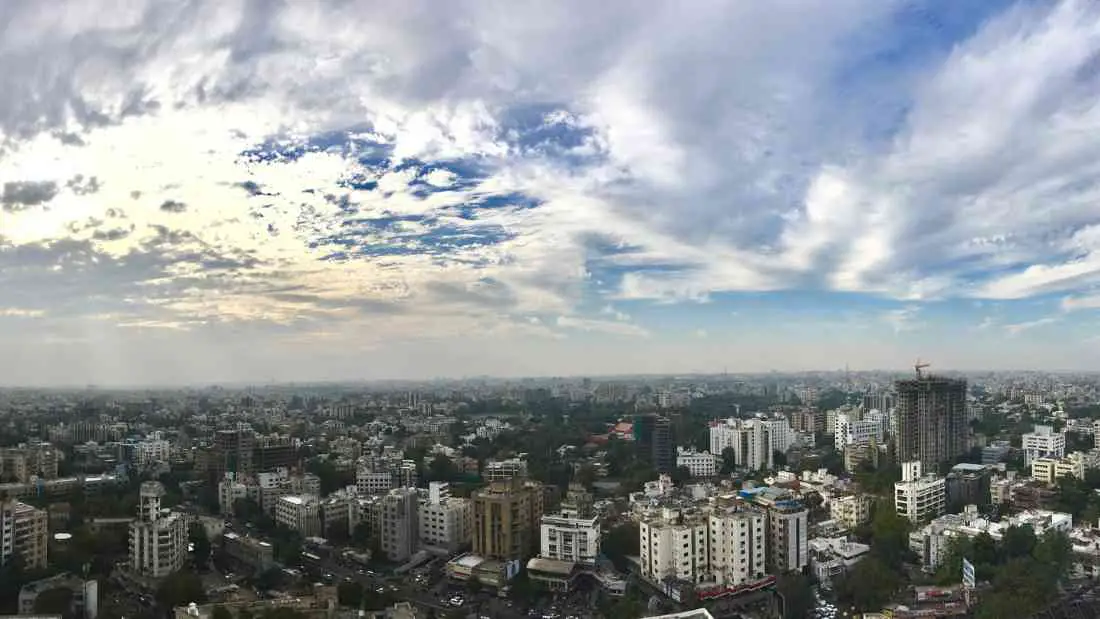
Their findings also highlight the fact that economic development and capital flows in India are unduly influenced by caste, in the process reinforcing the existing social order (Banerjee et al. 2017, p.184).
In cases where members of the Dalit class improve their financial circumstances and enter the growing ranks of the Indian middle class, they are still stigmatised and marked out as inferior to other Indians of the same financial standing who hail from higher castes.
This phenomenon is reflected in the changed social landscape of Ahmedabad.
At the time of Chaterjee’s research, the divide between Dalits and higher castes was a matter of different sides of the river.
However, since then, several Dalits whose economic circumstances had improved were able to move out of the slum and purchase better housing, moving from the eastern to the western side of the river.
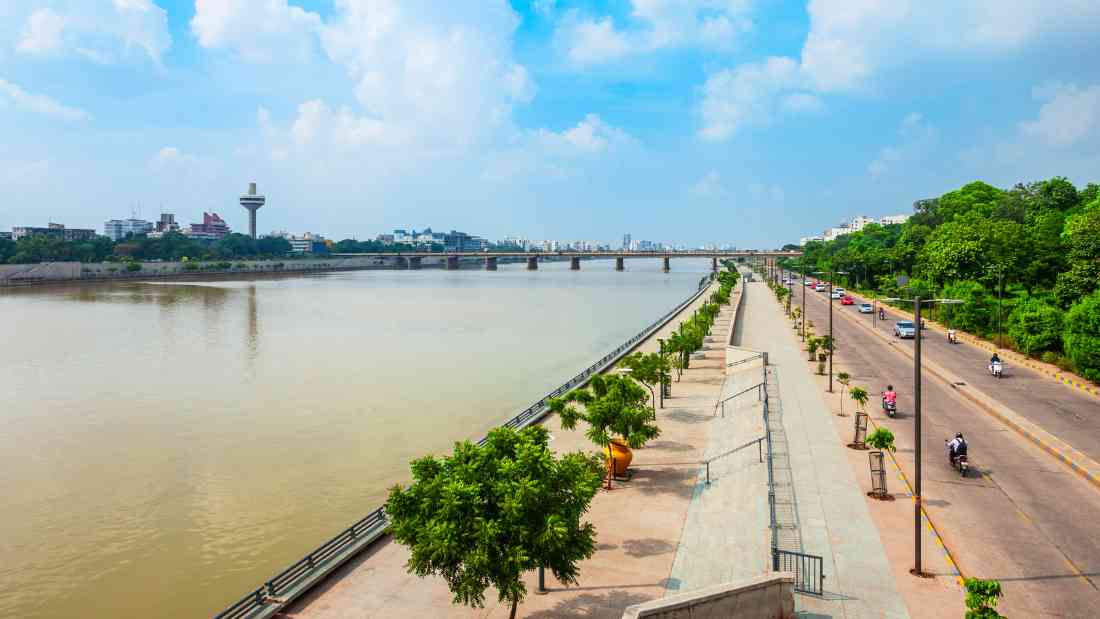
That said, they were not able to move to the areas traditionally inhabited by the higher castes, but instead they purchased property in Chandkheda, a new suburb created on the outskirts of western Ahmedabad.
At first glance one would think that this is an example of upward mobility and the dilution of the stigma that has plagued members of the Dalit caste for centuries, until one realises that Chandkheda is also split into two sections – Dalit Chandkheda and savarna (upper caste) Chandkheda.
The Dalit part of the neighbourhood has benefitted from less investment than the savarna part, which boasts glitzy malls and high-rise buildings, showing that caste and capital have once again colluded to create what is essentially a new middle-class incarnation of a Dalit ghetto (Banerjee and Mehta 2017, p. 186).
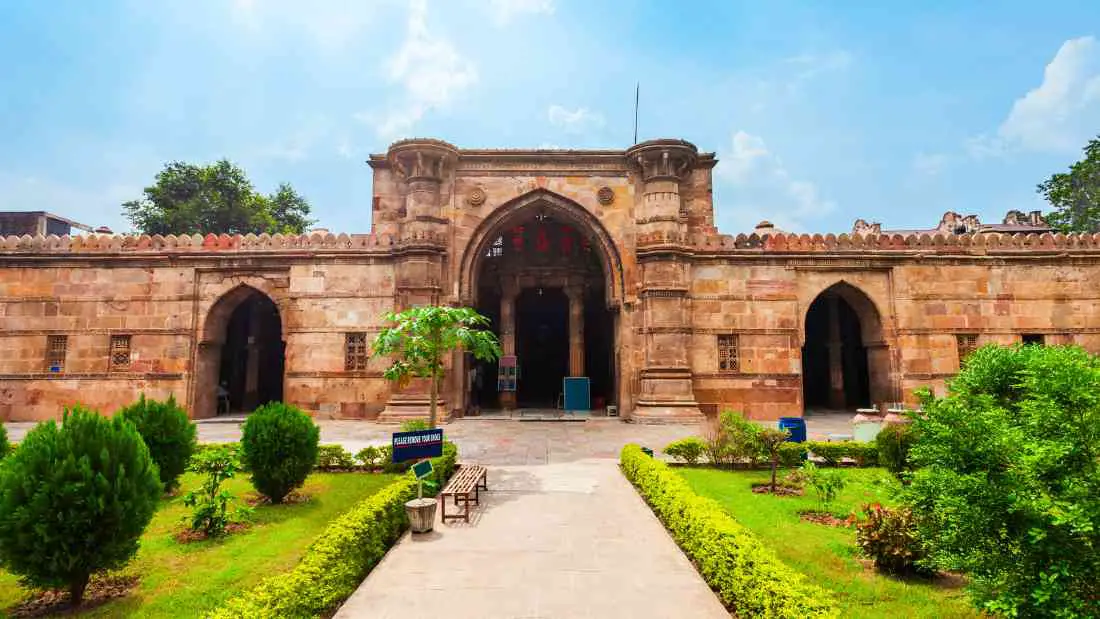
The Story of the Kumars
The authors recount the story of Gautam Kumar, a businessman who changed his surname to hide his Dalit origins and moved with his family to savarna Chandkheda, where non-Dalit middle class Indians lived.
Upon the family’s arrival, the neighbours immediately started asking questions relating to their caste, over time escalating their fact-finding tactics to full-blown caste vigilantism, loitering outside the Kumars’ apartment and harassing friends and family members who came to visit them.
When they failed to obtain the information they required, the condominium management launched an investigation, which finally revealed the Kumars’ caste.
Upon discovering that they were Dalits, the harassment escalated dramatically, culminating in physical violence, leading to the family having to move out of their property (Banerjee and Mehta, 2017: 190), in what is a clear example of how caste segregation and Dalit stigmatisation is impeding meaningful social mobility for the lower castes in India, creating a new ‘subaltern’ low caste middle-class.
Misappropriating Funds Earmarked for Lower Classes and Castes
In addition to housing, another important focus of development initiatives is education, and here we find, once again, several examples of higher castes hijacking the process and preventing lower castes to benefit from education interventions funded by the state or international donors.

Returning to the Annawadi ethnography, Boo (2012) describes how government officials from the Maharashtra Department of Education set up a scam to misappropriate funds that had been made available by foreign donors to launch an ambitious education programme for disadvantaged children throughout India, making it possible for millions of girls and child labourers who up to then had not had access to education to start to go to school (Boo 2012, p. 214).
This initiative was part of an international drive spearheaded by UNICEF to provide universal primary education, which has been codified as a human right by the UN Convention on the Rights of the Child and earmarked as a top priority by the World Education Forum in its Education for All (EFA) action framework (Stromquist 2001; White 1999; Nishimuko 2009).
The scale of the fraud described by Boo was enormous, with the ringleader recruiting several frontmen to act as recipients of the funds, on the premise that they were each running several schools.
Asha Waghekar, a slumdweller who had built several political connections by being willing to get involved in a variety of unethical schemes and by exchanging sexual favours with men to get ahead, was one of the frontmen in the scheme.
She was positioned as the operator of a non-profit that ran twenty-four kindergartens and nine schools for child labourers – facilities that existed only on paper.
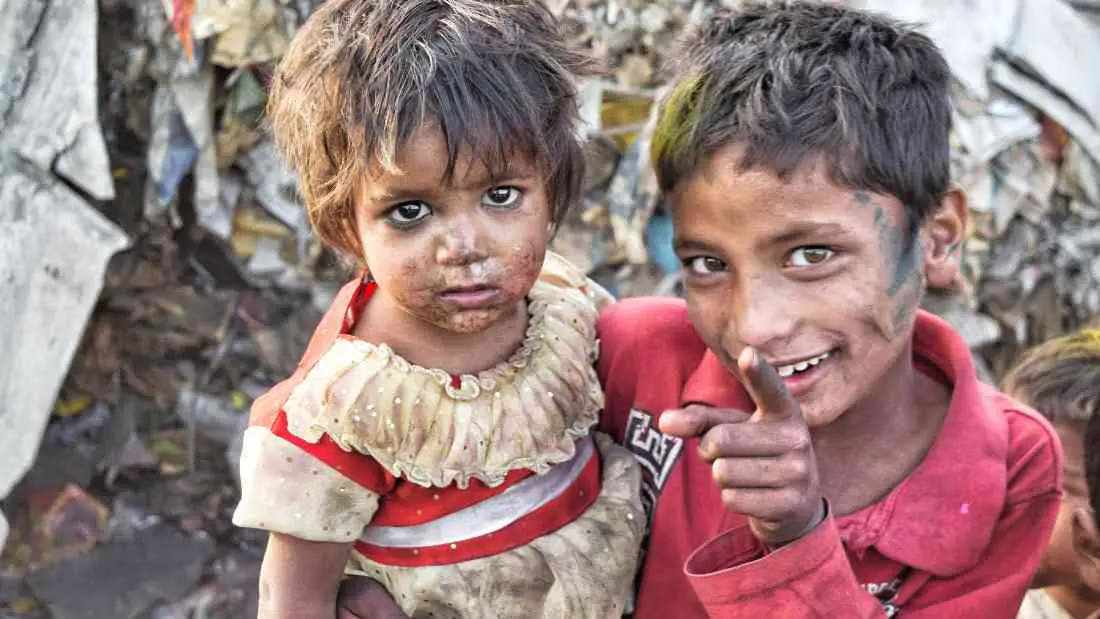
As a result, her non-profit received considerable sums of money over a period of many years.
A large part of the funds received were then redistributed as kickbacks to the various government officials who had made the scheme possible, with no poor children whatsoever received any education in the process (Boo 2012, p. 212).
In fact, the children living in the slum were actually worse off by the end of it, because they lost the one school that had so far been accessible to them, a ‘bridge school’ that provided two hours of lessons in the afternoons, when the children’s work and family responsibilities were done (Boo 2012, p. 212).
This school had been run by Asha’s daughter, Manju, in the Waghekar’s hut, but once the family secured a lucrative source of income from non-existent schools, they no longer needed to put in the time and effort required to run the real school, which had not paid very much since it had been financed by government money channelled through a Catholic charity, and not through the largesse of foreign donors (Boo 2012, p. 216).
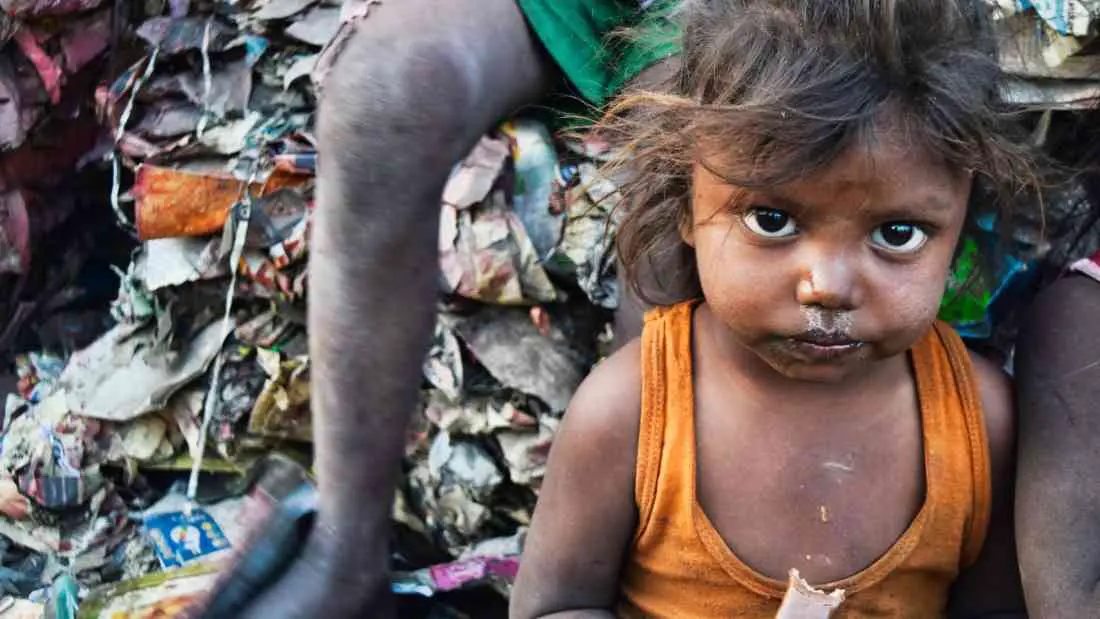
Conclusion
It is therefore clear that the caste system has been the source of much suffering and injustice over the years.
Caste discrimination and segregation were rendered illegal over half a century ago, yet its power inequalities continue to impact the lives and opportunities of millions of Indians to this day.
Even in this modern era, the lower castes in the country are still witnessing unequal access to education, employment, and other forms of social exclusion, which proves that there is still much work left to be done in addressing the inequality perpetuated by the caste system.
References
Agarwal, S., Levien, M. (2020) “Dalits and Dispossession: A Comparison.” Journal of Contemporary Asia, 50 (5), pp. 696-722.
Banerjee, D., Mehta, M.G. (2017) “Caste and Capital in the Remaking of Ahmedabad.” Contemporary South Asia, 25 (2), pp. 182-195.
Boo, K. (2012) Behind the Beautiful Forevers: Life, Death, and Hope in a Mumbai Undercity. Random House, Inc., New York.
Chatterjee, I. (2009) “Violent Morphologies: Landscape, Border and Scale in Ahmedabad Conflict.” Geoforum, vol. 40, no. 6, pp. 1003-1013.
Cornwall, A., Nyamu-Musembi, C. (2004) “Putting the ‘Rights-Based Approach’ to evelopment into Perspective.” Third World Quarterly, 25 (8), pp. 1415-1437.
Girdhar, B.S. (1975) “Law as an Instrument for Abolition of Untouchability: Case of Rajasthan.” Economic and Political weekly, 10 (15), pp. 635-641.
Llewellyn-Fowler, M., Overton, J. (2010) “’Bread and Butter’ Human Rights: NGOs in Fiji.” Development in Practice, 20 (7), pp. 827-839.
Nishimuko, M. (2009) “The Role of Non-Governmental Organisations and Faith-Based Organisations in Achieving Education for All: The Case of Sierra Leone.” Compare, 39 (2), pp. 281-295.
Stromquist, N.P. (2001) “What Poverty Does to Girls’ Education: The Intersection of Class, Gender and Policy in Latin America.” Compare, 31 (1), pp. 39-56.
Vaid, D. (2014) “ in Contemporary India: Flexibility and Persistence.” Annual Review of Sociology, 40 (1), pp. 391-410.
White, B. (1999) “Defining the Intolerable: Child Work, Global Standards and Cultural Relativism.” Childhood (Copenhagen, Denmark), 6 (1), pp. 133-144.

